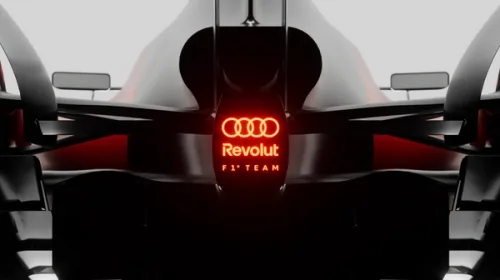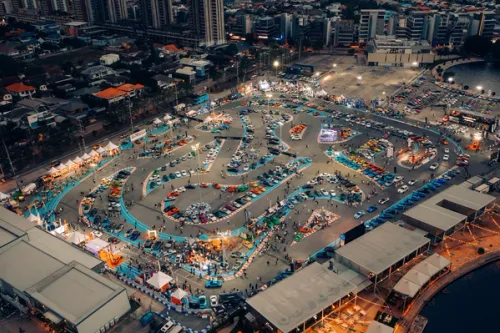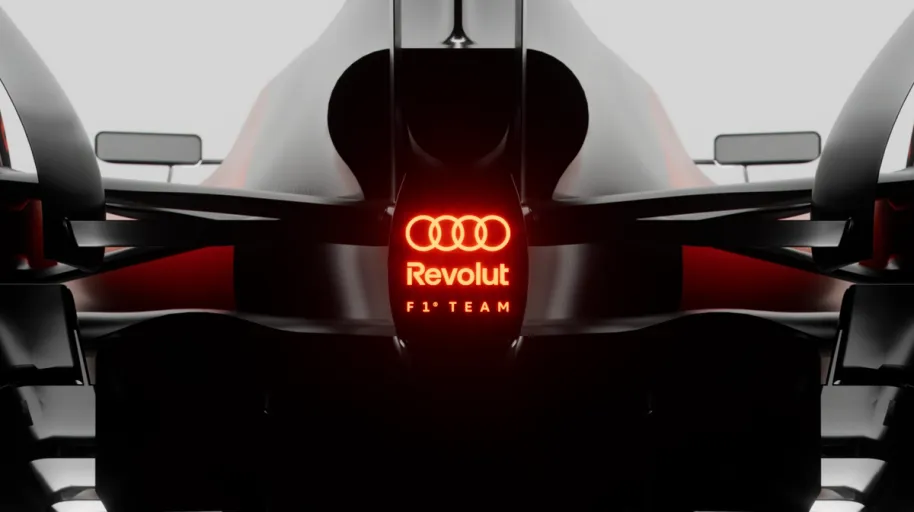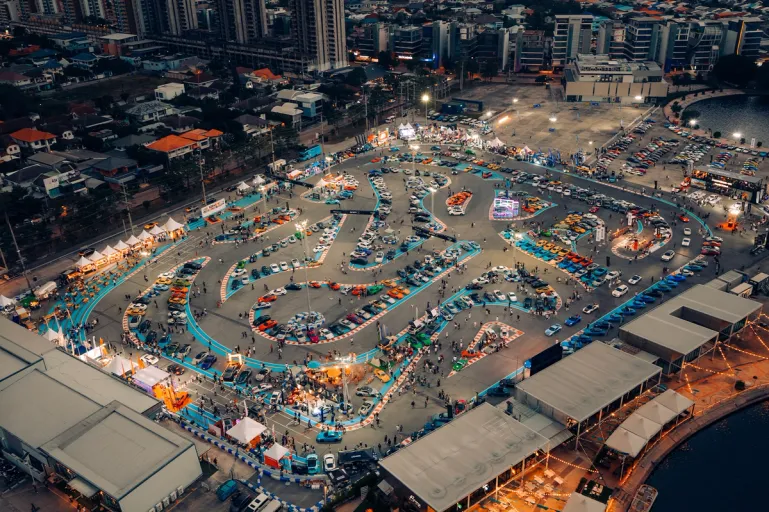Hyundai Santa Fe Review: Hyundai's Smooth Operator
While the first Hyundai Santa Fe stood out for all the wrong reasons, the new model is a real smooth operator


The progress that Hyundai has made in the quality and refinement of its products seems to know no bounds. A year ago, it was the new Sonata, then it was the Verna, and recently it was the astonishingly impressive Avante, and now it’s the Santa Fe SUV.
The new Santa Fe is a vast improvement over the last model, in all areas. In terms of styling, the first Santa Fe was definitely eye-catching, for all the wrong reasons. There were bulges here and there, and concave cavities along its flanks that looked as if someone had run into the car. The new Sante Fe is an altogether better looking vehicle – all its musculature has been smoothed over, and while it remains distinctive, it is also much sleeker and better looking. Particularly handsome is the front end, with the bumper shape flowing into the headlamps without a break in form. An interesting detail that has been carried over to the new car is the asymmetrical handle for the rear tailgate, but it all seems to look much better now.
The old Santa Fe’s interior was probably best know for having the most fake-looking wood on its centre console – it stretched from the gearlever up to the clock on top of the dashboard. The piece wasn’t even shaped to look wooden – there were so many curves and intricate shapes that it couldn’t possibly be carved from wood.
In cabin of the new car is completely different. There is a panel of wood, but its application, indeed the design of the entire dashboard, is discreet and classy. The centre console is angled towards the driver, and the wood panel is stretched across its width, making a gentle dip to accommodate the centre console. The aircon and hi-fi controls are surrounded by a mock-brushed steel panel, and the combination of wood, plastic and steel go together very well.
The previous Santa Fe was launched as a “most-metal-for-the-money proposition” – although it was large and had a large V6 under its bonnet, it was priced against smaller “high-quality” 2.0-litre SUVs with 4-cylinder engines. Mind you, it was only when Hyundai launched the 2.0-litre Santa Fe Urban that came without 4WD, did sales really start to take off.
There is no need for this creative posturing for new model. It comes exclusively with a 2.7-litre V6 engine and comes with permanent all-wheel drive. Having relegated the 2.0-litre sector to the Tucson SUV, the Sante Fe is now a full-sized 7-seater. It is incredible how Hyundai has made so much progress within one generation of the Santa Fe.
On the move, the 24-valve V6 is really smooth, and the 4-speed automatic is responsive. In terms of refinement, the Santa Fe has reached a new high, not just for a Korean vehicle, but for all cars in its price-range. The ride is also impressive, and the multi-link rear suspension irons out bumps and cossets the rear passengers from road noise as well. The middle row passengers also get door-mounted airvents, and access to the third row is comparable to that of an MPV.
What is impressive with the Santa Fe is that it seems to have out done its closest rival, the formidable Toyota Fortuner. Both cars have 2.7-litre engines, but you get a V6 in the Hyundai, and a 4-cylinder in the Toyota. The Fortuner’s in-line 4 is impressively smooth, but the Santa Fe’s extra two cylinders and V-formation add a creaminess that few 4-cylinder engines can match.
Both SUVs are also 7-seaters, but while the Fortuner has a body-on-frame structure with an independent ladder frame, the Santa Fe has a monocoque unitary body and chassis. This means that the third row seats on the Hyundai collapse into the floor, while those on the Fortuner have to be folded upward as the ladder frame chassis takes up more space. It’s not often that a Toyota meets its match, but Hyundai seems to done so with the Santa Fe.
On the other hand, during a short day-long road test it isn’t possible to ascertain more long-term ownership issues such as fuel consumption. Koreans cars, and Hyundais in particular are not known to be very fuel efficient, and given the Santa Fe’s size and V6 engine, it’s potential fuel consumption must be taken into account.
As a step forward for Hyundai though, the Santa Fe certainly impresses. It showcases just how far the Koreans have come in terms of styling and engineering. The stylish Santa Fe can easily double up as a spacious 7-seater MPV without losing any of its suave SUV image. Price-wise, it remains good value for money, but that’s not the only reason to consider it.
Credits: Justin Lee
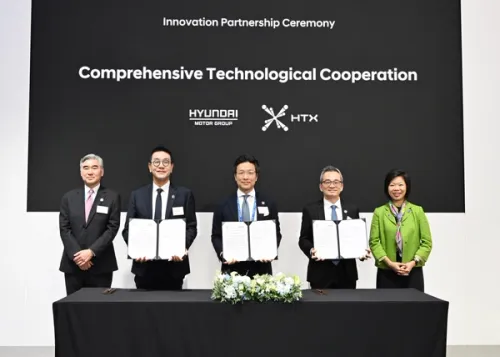

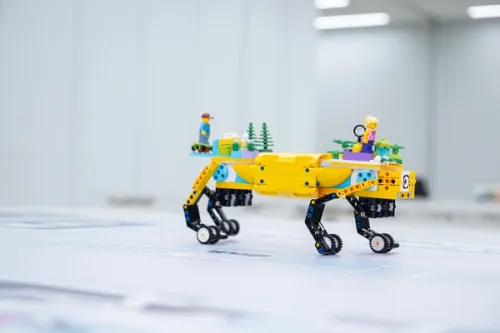
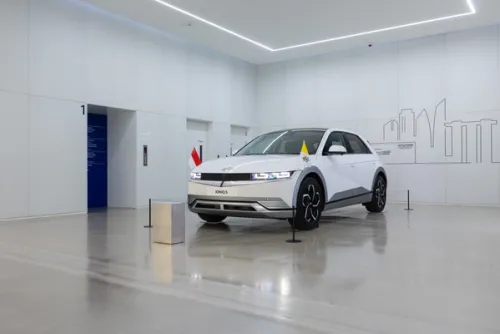
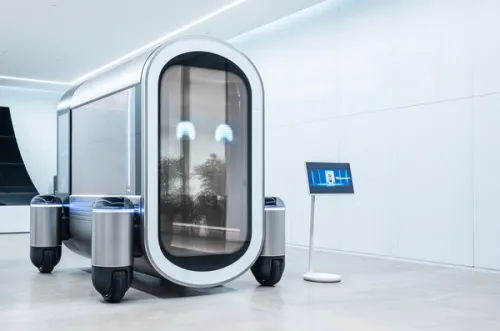
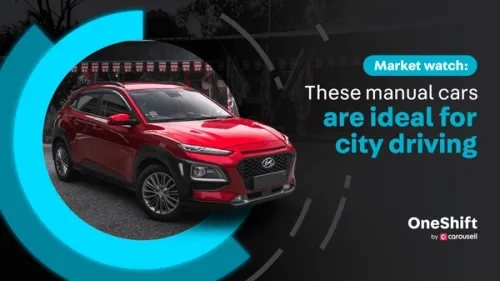


Get the Best Price for your used car
from 500+ dealers in 24 hours

- Convenient and Hassle-Free
- Consumer Protection
Transparent Process
With No Obligation

